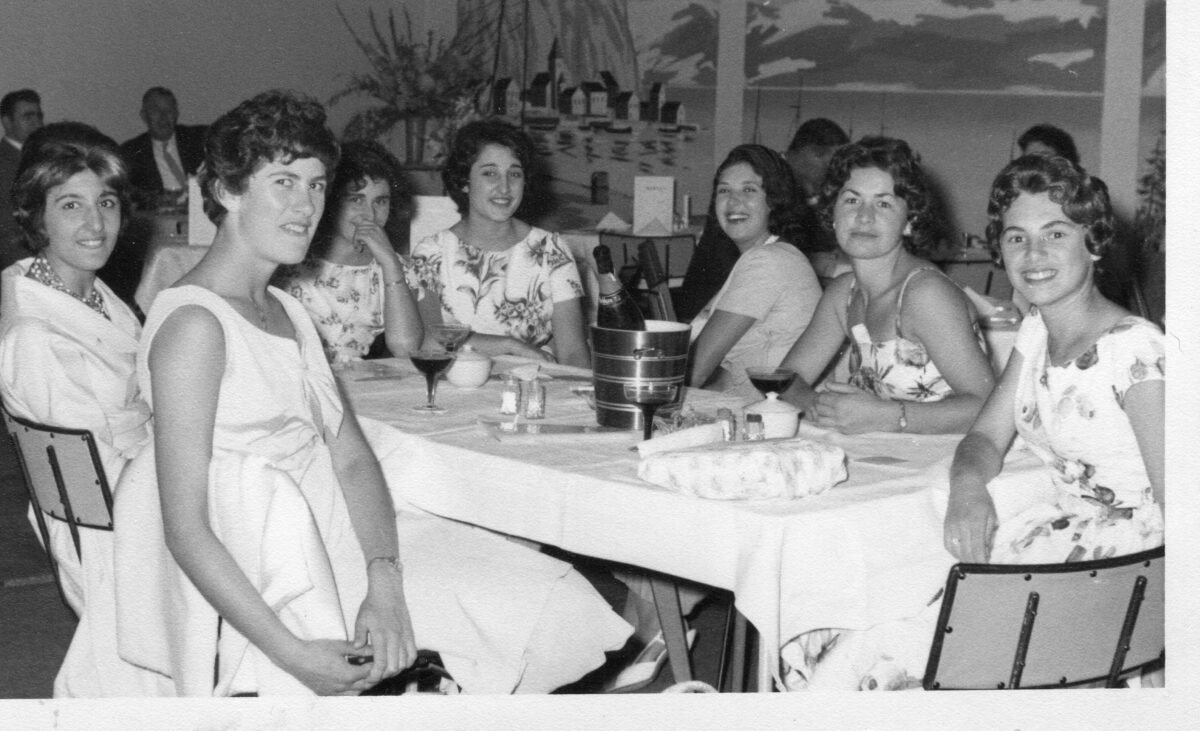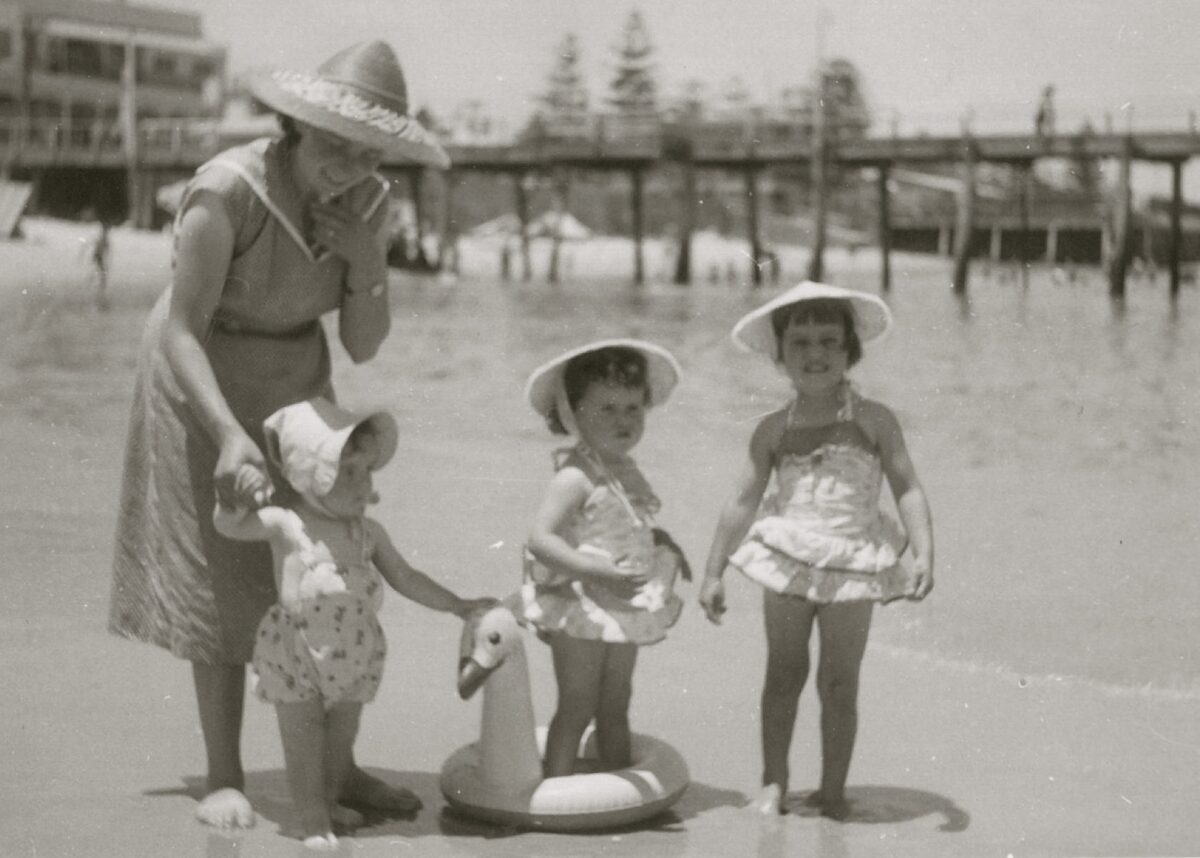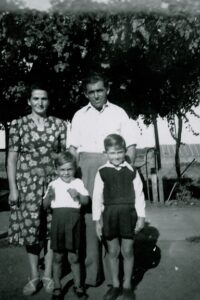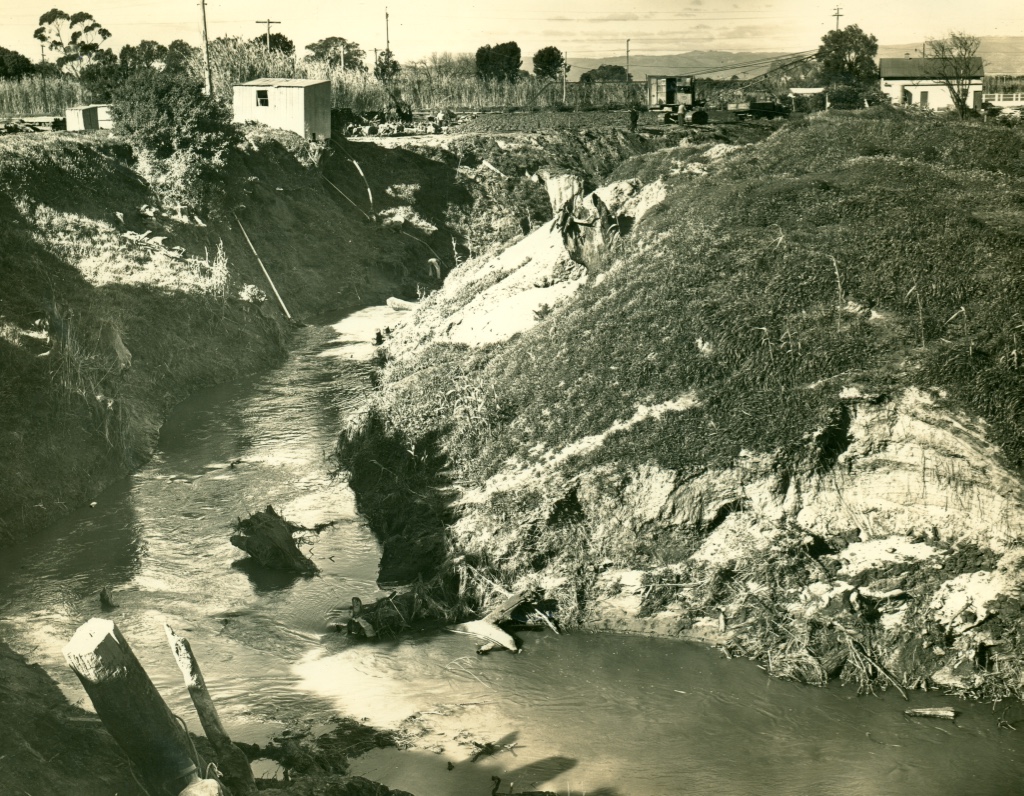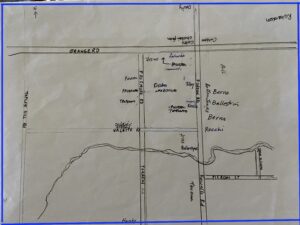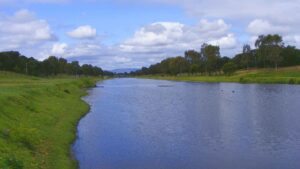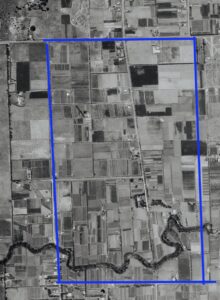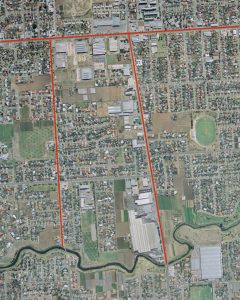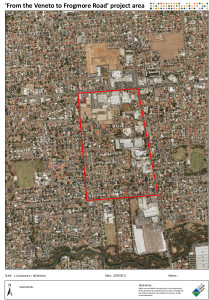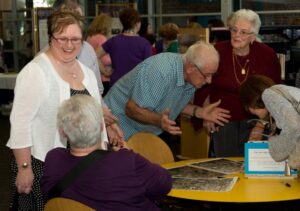The Veneto market gardener families were focused on their livelihood – the cultivation and sale of their produce. Their social life centred on their paesani or the other families who were living and working at Lockleys and others in the wider Veneto community. The daughters and sons of the first-generation Veneto market gardeners had broader opportunities to explore a social life independently of their parents. There was a difference in the kinds of activities for the young women and men in the 1950s and 1960s.
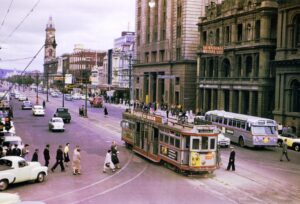
Sunday nights – St Patrick’s Hall
The women were more protected than their brothers and were more likely to go to dances held at St Patrick’ Hall in Grote Street on Sunday nights. Connie Legovich nee Marchioro went to the dances regularly. Sergio Coronica, who had arrived in Adelaide with his parents in 1951, attended the dances regularly. Connie and Sergio recalled that Nevio and Anna Fiocco nee Daminato, an Italian couple living in Adelaide, had started the dances in the mid 1950s to offer regular social occasions for the young single men arriving from Italy in those years. Connie remembered that there were always more men than women at the dances. Live music was provided by three brothers from Vicenza. The cost to enter was 2/- and the dance was held from 7:00 to 10:30 pm. Connie reflected that many marriages resulted from the Sunday night dances at St Patrick’s Hall.
Several people interviewed for the oral history project recalled their experience of attending the St Patrick’s Hall dances and I’ve selected the following excerpts to provide an insight into the social life in the 1950s and 1960s of three daughters in market gardener families at Lockleys.
A new dress every week for the dances
Connie Legovich nee Marchioro was fortunate that her sister, Lina, was a tailoress and made a new dress every week for her to wear to the dances:
And on Sunday nights I’d go to the Italian Church dance at St Patrick’s Grote Street and once a month it was held at the Cathedral in the city, with Assunta. Her married brother would always drive us there and pick us up. Lina would always make me a new dress for each week and when I got home she would ask me if I was the best dressed. Of course I was! At least I thought so. But I did receive lovely compliments from the boys.
(Connie Legovich nee Marchioro, OH 872/11, 10 January 2011, p 5.)
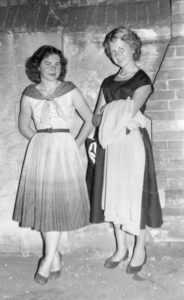
A place to meet your husband
Lena Mosceni nee Rossetto recalls that she loved dancing and met her husband, Claudio, at St Patrick’s Hall.
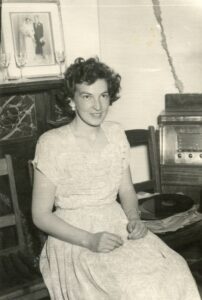
I met him when I was 18 the first time. Then he went away to Renmark, Broken Hill, he was still a young man and I wasn’t even thinking of marriage then, all I wanted to do was go dancing and going down the beach, and things like that. Then he came back when I was 22, and we met at the dance … at St Patrick’s Church [Grote Street] there, at the back. There was a little hall, very small … We lived close by, we used to walk there and walk home.
(Lena Moscheni nee Rossetto OH 872/32, 28 August 2014, p 4.)
From St Patrick’s Hall to other social activities
Assunta Giovannini nee Tonellato had a varied social life which included going to the dances at St Patrick’s Hall, going to the beach and going to see films on a Saturday night with a group of friends who would have dinner at the Bergen, a restaurant in a basement on Hindley Street. There was live music and Johnny Mac, rock and roll and country singer, was the star attraction. (Do you remember his hit, ‘Pink Champagne and a Room of Roses’?
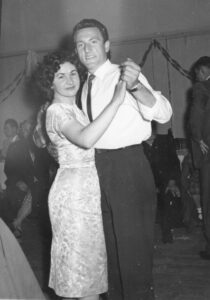
We used to go with Connie, Connie Marchioro. We used to go to the beach, and then Sunday nights we’d go dancing at St Patrick’s or the cathedral. St Patrick’s Church, at the time, had a little hall next to it and so did the cathedral, so one Sunday they’d have a dance at St Patrick’s, and then the next Sunday there’s one at the cathedral. Ten o’clock was closing time so everyone was home by 10.30. [laughs] … you know, that was really late in those days. [laughs]
Later, Assunta went with friends on other outings to the city on Saturday nights
At that time there, now I had another friend and we used to – Norma [Ballestrin] and Pam [Zerella] and Joyce [Zerella] – our big outings were Saturday night to go to the pictures in the city then, and we’d go out for tea, then we’d go to the, I think it was the Shoppers’ Session they used to have. They used to have it about 5 o’clock or something and we’d go to the pictures first, or we’d go for tea first and then go the pictures. That was our outing, you know, on the … that was when we were a little bit older then and … but still, you know, you had to be in early, you know, none of this 11 o’clock, midnight was the latest.
(Assunta Giovannini nee Tonellato, OH 872/6, 15 July 2010, p 13, 17.)
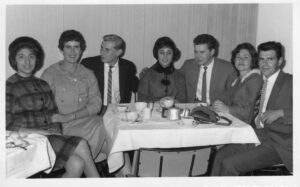
A young man lives for dancing
The sons in Veneto market gardener families had more independence than daughters and they enjoyed dances at different venues in and near the city of Adelaide.
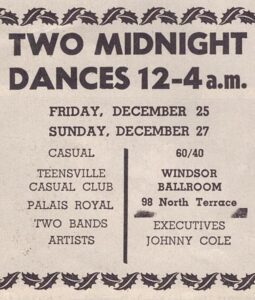
Dino Piovesan loved dancing and attended lessons. In his interview he recounted the experience of going to several dances in a week. He begins by saying that his mother carefully laid out his clothes – the dances were formal and required suitable attire. He also recalls that he began going to dances at 16 years of age and drove the family market garden truck to the dances but made sure he parked some distance from the dance halls as he wanted to be seen as a serious dancer.
I can always remember that when I was going out to a dance or somewhere, my clothes were always laid out on the bed, my shoes were always shined, and mother did it all.
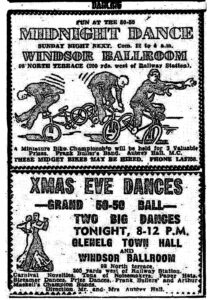
We didn’t have a car and it seemed that driving the truck into the city to go to the dance, was easier than catching a tram and certainly cheaper than catching a taxi but the tram or the bus never occurred to me. I would park the truck, certainly away from the dance hall but it was a means of getting to and from the city and that sort of thing.
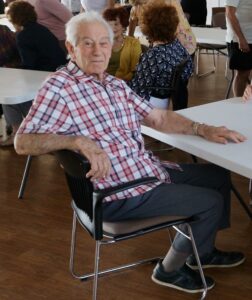
There were the old style dances, the Barn dance, the Pride of Erin, the Modern Waltz and the Quickstep but they were more or less the older style of dances to what we know today … with Aubrey Hall of a Friday night there was in the beginning, the first hour, I think there was dancing classes and learning the steps. But from then on it was go and pick up a partner and go and practise dancing … it was all live music in those days … A band, oh yes, yes. And from there we would go to the Palais Royal – a Thursday, I think it was, opposite the Royal Adelaide Hospital, there is a car park there now but it was the Palais Royal.
Then of course, there was the Woodville Town Hall which was, I forget now, might have been of a Saturday night. And the Palais, the Semaphore Palais … I did live for that, I did like going out and dancing but no, occasionally I’d go to the Glenelg Town Hall which was in the Town Hall but rarely [I’d go] there. The Wonderland Ballroom out at Unley, on Unley Road was another venue but only occasionally. No, it would not be three or four times a week, no, no, I would be too tired sometimes too.
(Dino Piovesan, OH 872/17, 23 September 2011, p 7, 44.)
The social lives of young people in the 1950s and 1960s reflect a time that contrasts with leisure time before the advent of Netflix and other streaming services …
Madeleine Regan
12 March 2023
